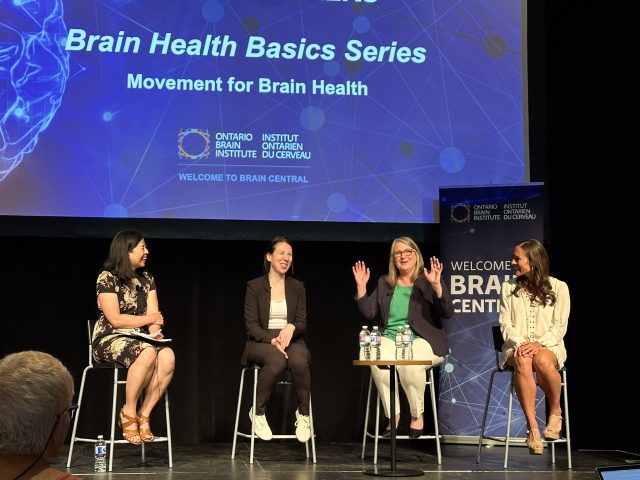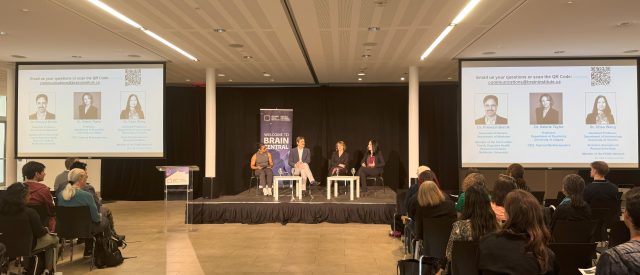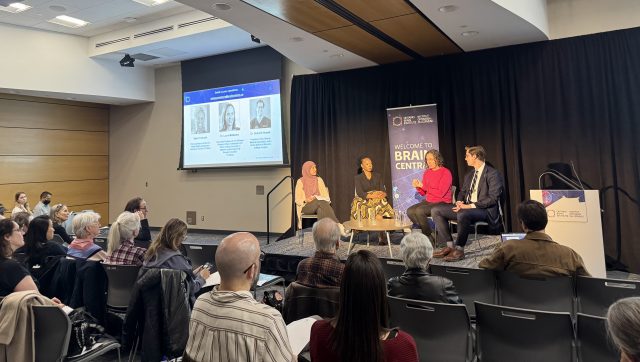“I got a video from a mom showing me her child is actually playing tennis. And the testimonial from the child is like, ‘Now I feel normal.’ And that’s the best feeling that we can ever have.”
Sarah Lambert, neurotechnology entrepreneur
New links between body and mind are being uncovered all the time. We discussed some of those exciting developments in our recent ‘Movement for Brain Health’ talk, which highlighted the ways adding daily movement to fit your lifestyle benefits your overall health and mental well-being.
Part of the 2023-24 Brain Health Basics series, the discussion featured panelists Ora Medical’s Sarah Lambert, Sarah Robichaud, creator of the Dancing with Parkinson’s program, and Dr. Angela Roberts of Western University. It was moderated by The Globe and Mail’s Health Journalist Wency Leung.
Panelist Profiles
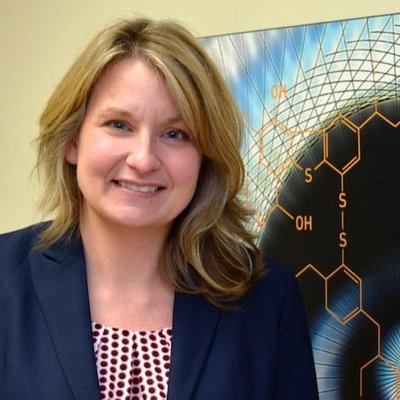
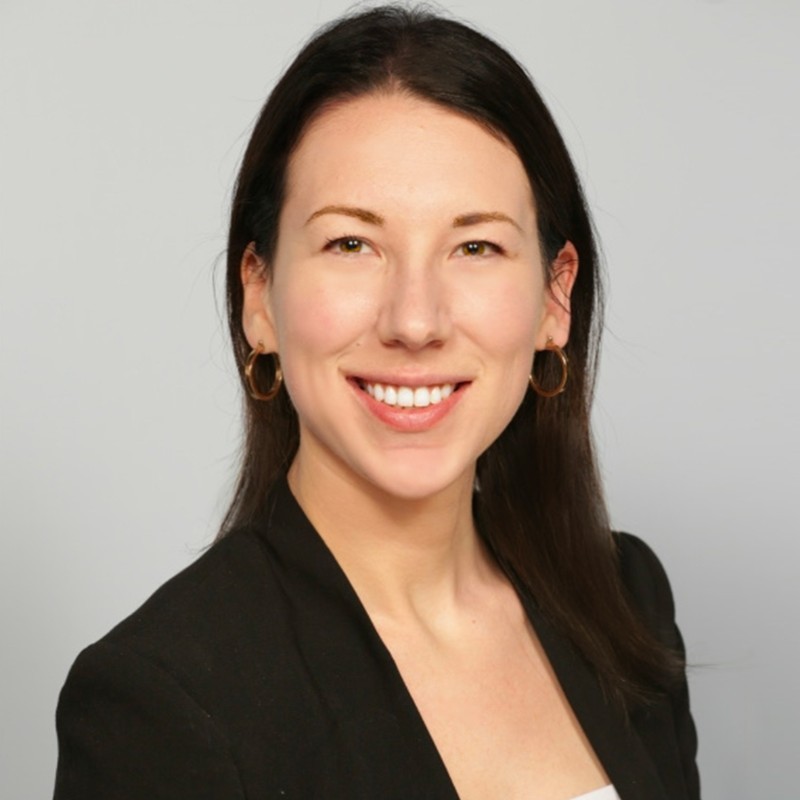
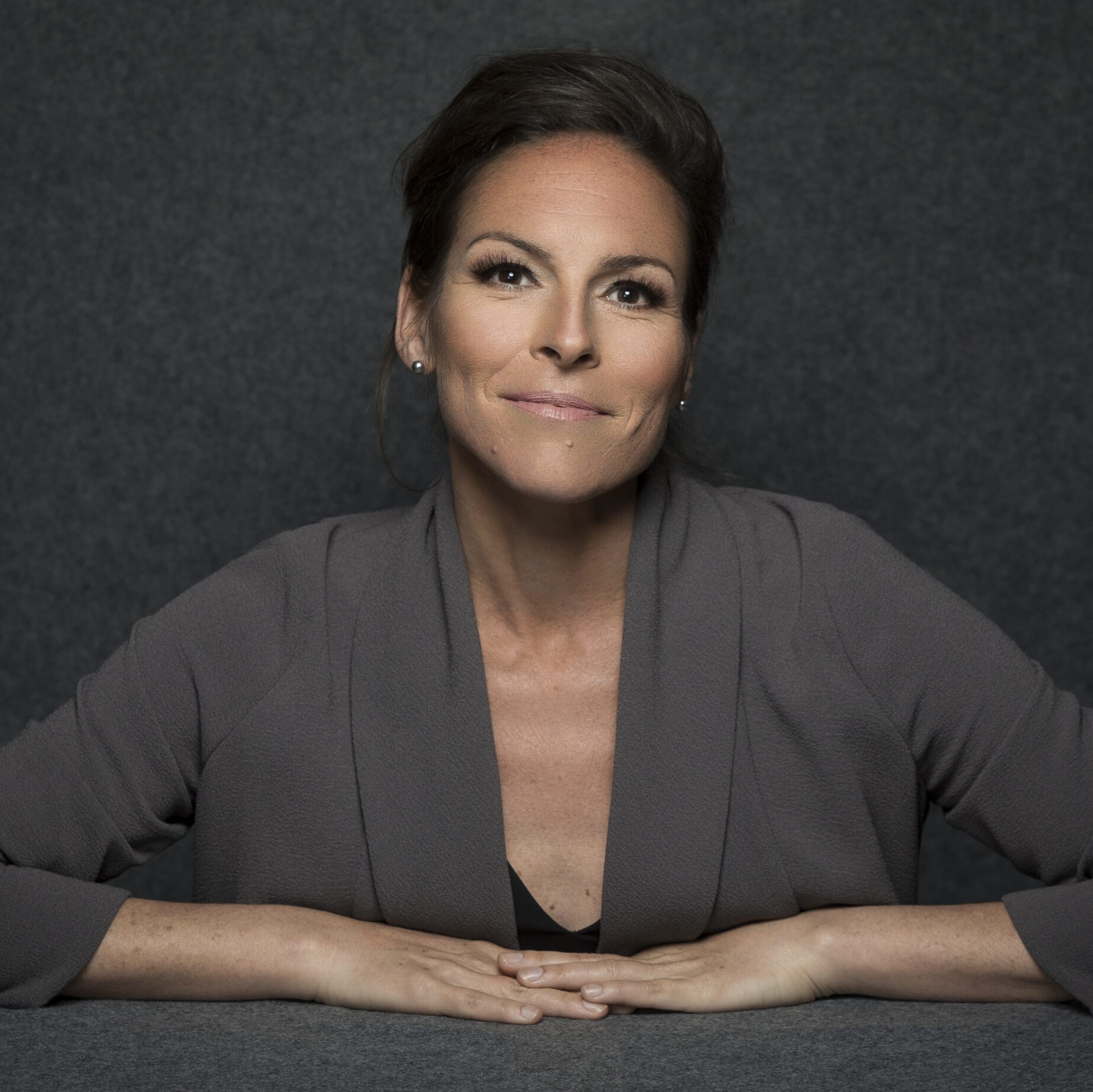
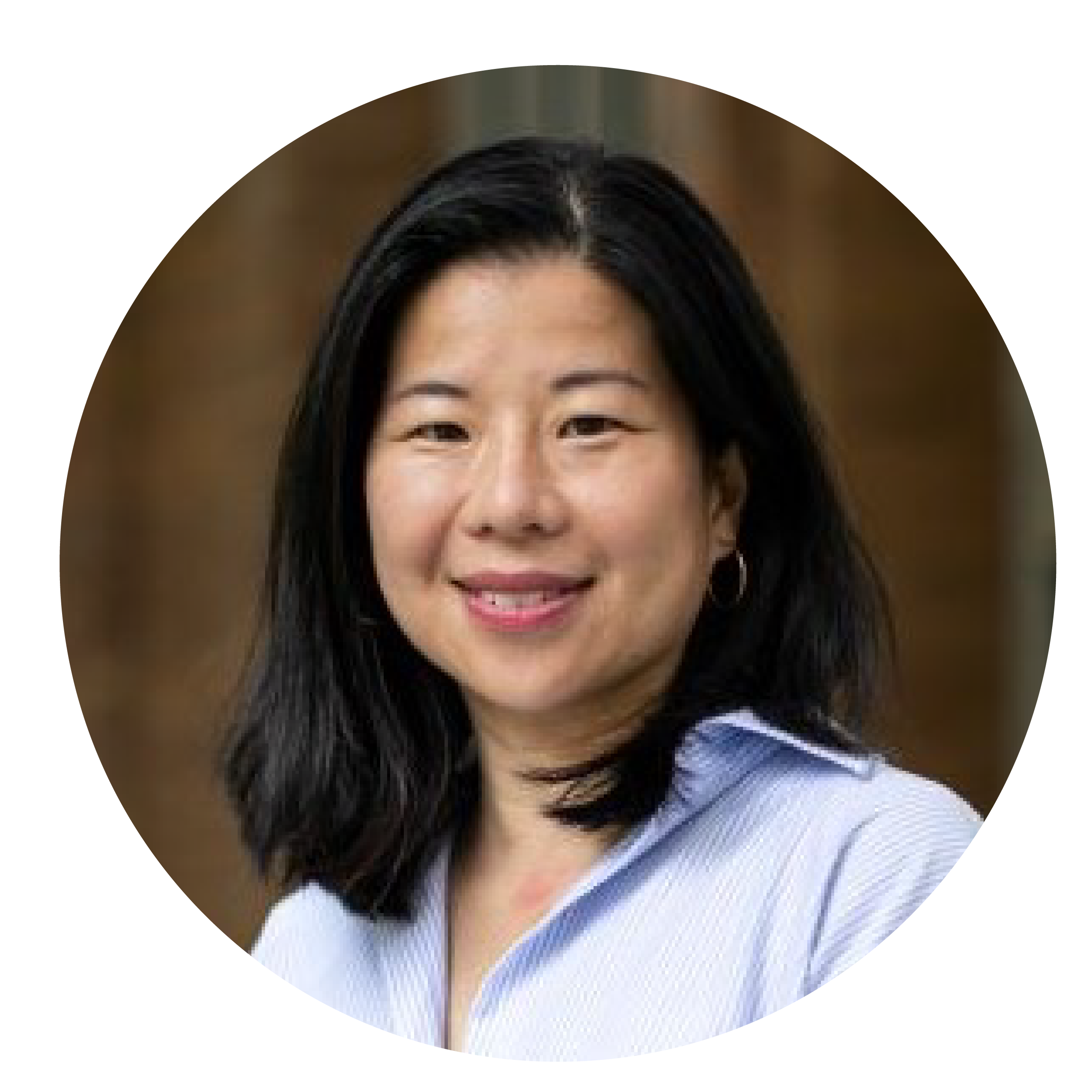
The panelists all agreed that one of the best ways to make movement part of your regular routine is to take it out of a medical setting. That is at the core of Sarah Robichaud’s success with Dancing With Parkinson’s, which offers in-person and online classes every single day of the year for free to people living with Parkinson’s disease and seniors. Robichaud started the project 15 years ago after her career as a professional dancer.
“I wanted to bring people with Parkinson’s disease into an artistic environment, not a clinical environment,” she explains. “One where they could move to music, be with other people who understood what they were going through, and honestly, explore the potential of their own movement with music, with being part of a very inclusive, welcoming community.”
Rethinking location is also a big part of what motivated Sarah Lambert to create Ora Medical. She realized that clients coming to physiotherapy sessions only once a week didn’t have the consistency required to reach the full potential of their progress. So she developed a hands-free gait training device called the Levity, which patients are able to use from home whenever they want.
“We’re improving their daily activity – and I think that’s really the key,” says Lambert. “I got a video from a mom showing me her child is actually playing tennis. And the testimonial from the child is like, ‘Now I feel normal.’ And that’s the best feeling that we can ever have.”
Some of the seniors that Angela Roberts is studying through the Center for Activity and Aging have a truly impressive level of daily activity. Roberts’ work explores the continuum of aging from dementia to exceptional cognitive aging.
“Because we’re interested in understanding some of the things that go wrong in conditions like dementia and Parkinson’s disease, we felt like we need to understand a group of people for whom things were going exceptionally well,” Roberts said. “We call them our super-agers – people 80 and older who have memory abilities as good as or better than people in their 50s and 60s. We have 100-year-olds who are camping on their own. We have 95-year-olds who are out riding 20 miles a day on their bikes.”
The people who come to Dancing With Parkinson’s might unfortunately no longer be able to go on long bike rides or camping trips, but imagining they are on adventures – and moving accordingly – is a big part of what makes the program so effective.
Sarah Robichaud explains:
“If I were to say to someone with Parkinson’s disease, ‘Lift your right hand’, that may or may not happen easily. But if I said ‘I want you to catch a butterfly with your right hand,’ that’s the kind of stuff we’re talking about. So, we put imagery to almost every single thing that we do. We have dancers who come into a class in a wheelchair or a walker and halfway through class they’re waltzing around the room without a device. It’s the music. It’s being transported to another place. And the storytelling.”
At the other end of the age spectrum, this approach is also how Sarah Lambert motivates the children she is working with.
“We’re trying to make a story around the fact that now they have their hands free so they need to take an object and put it in another place,” she says. “Like maybe they need to put the treasure in another place. We’re trying to make it as a game, so it’s more fun. So now the patient is more engaged in the action of making the movement.”
In addition to creativity and imagination, including other people in your movement is also a key aspect to brain health.
“When you’re having trouble listening to your inner voice, your community can give you courage and acceptance,” says Robichaud. “So even if your community is one person, it’s crucial to find that person, because that will be many of the keys to getting started.”
Watch OBI’s Public Talk on Movement and Brain Health on YouTube.
RESOURCES
- Finding Meaning in Movement
- Exercise as medicine
- This is your brain on exercise
- Physical activity protects us from losing brain function
- Physical Activity and Alzheimer’s Disease Toolkit
- Dancing with Parkinson’s
- Ora Medical
- Western University
If you would like to learn more about other talks and events, please visit our YouTube channel and Events page as well as subscribe to our mailing list.
